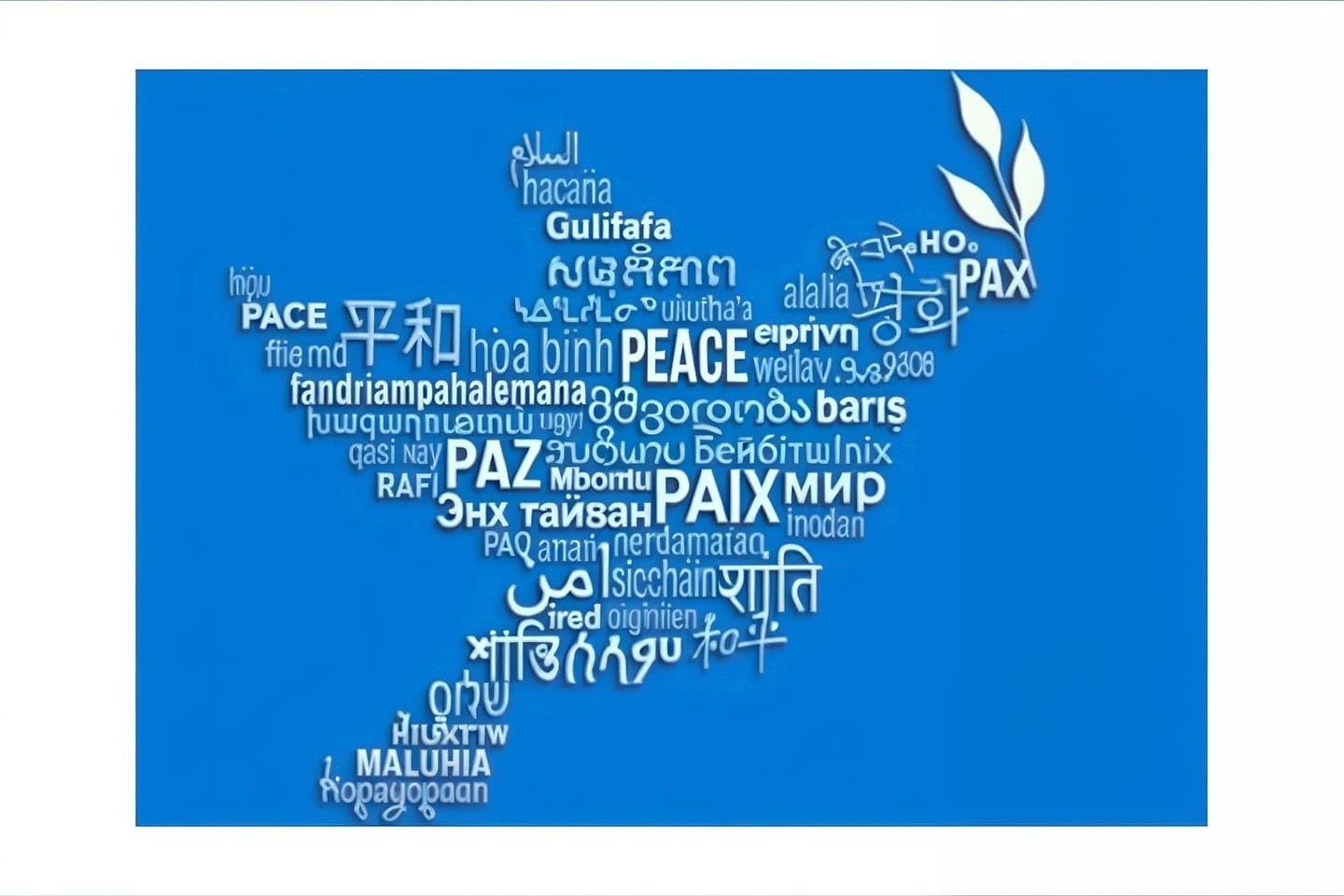International Mother Language Day: Significance and Global Impact
Introduction
International Mother Language Day, observed annually on February 21, highlights the importance of linguistic and cultural diversity. Established by UNESCO in 1999, the day commemorates the Language Movement in Bangladesh, where students protested for the recognition of the Bengali language in 1952. Their sacrifices ultimately led to its recognition as one of the official languages of Pakistan and later, the independence of Bangladesh in 1971.
The observance underscores the intrinsic link between language, culture, and identity, while advocating for multilingual education and the preservation of endangered languages. As linguistic diversity faces increasing challenges due to globalization, urbanization, and educational policies favoring dominant languages, this day serves as a platform for dialogue on protecting linguistic rights.
This article explores the historical significance, cognitive and social benefits of mother languages, global linguistic challenges, and policy initiatives aimed at fostering linguistic inclusion.
Historical Context of International Mother Language Day
Origins of the Language Movement in Bangladesh
The roots of International Mother Language Day lie in the Language Movement of Bangladesh, which emerged in the early 1950s. Following the partition of India in 1947, Pakistan was created with two geographically separate regions West Pakistan (present-day Pakistan) and East Pakistan (now Bangladesh). Despite Bengali being spoken by the majority of the population, the government attempted to impose Urdu as the sole national language.
This linguistic imposition led to widespread protests in Dhaka. On February 21, 1952, several students were killed by police while protesting for Bengali to be recognized as an official language. The movement ultimately led to Bengali gaining official status in 1956, and later, the independence of Bangladesh in 1971.
Recognizing the global importance of linguistic rights, UNESCO declared February 21 as International Mother Language Day in 1999, making it a day to promote multilingualism and language preservation worldwide.
The Importance of Mother Languages: A Research-Based Perspective
Linguistic research across disciplines highlights the critical role of mother languages in cognitive development, cultural continuity, and socio-economic empowerment.
1. Cognitive and Educational Benefits
Studies in psycholinguistics and cognitive development suggest that learning in one's mother tongue enhances comprehension, critical thinking, and problem-solving skills.
- UNESCO's "Education for All" (EFA) report highlights that students instructed in their mother tongue during early education perform better academically than those taught in a second language.
- World Bank studies show that multilingual education reduces dropout rates, improves literacy, and fosters higher retention of concepts.
2. Cultural Identity and Social Cohesion
Linguists argue that language is deeply intertwined with cultural heritage. The loss of a language often leads to the loss of traditions, folklore, and indigenous knowledge.
- Research by the Endangered Languages Project estimates that 90% of the world’s languages may disappear by 2100, taking with them centuries of oral traditions and historical narratives.
- Anthropological studies suggest that communities losing their native language often experience cultural disintegration and identity loss.
3. Economic and Social Impact
Economic studies highlight the tangible advantages of multilingualism:
- The European Commission’s Multilingualism Strategy found that bilingual and multilingual individuals have higher employability in the global workforce.
- A study published in the Harvard Business Review suggests that companies operating in multiple languages are more competitive in international markets.
The Global Linguistic Crisis: Endangered Languages and Linguistic Imperialism
Despite the recognized benefits of linguistic diversity, UNESCO reports that a language disappears every two weeks. Of the 7,000 languages spoken worldwide, nearly 2,500 are at risk of extinction.
Factors Contributing to Language Endangerment
- Globalization and Linguistic Homogenization
- The dominance of languages such as English, Mandarin, and Spanish marginalizes regional and indigenous languages.
- Mass media, social networks, and digital platforms primarily cater to major languages, reducing exposure to native dialects.
- Educational Policies Favoring Dominant Languages
- National curricula in many countries prioritize English or national languages over indigenous and minority languages.
- Lack of formal education in mother tongues weakens language transmission across generations.
- Urbanization and Migration
- Rural-to-urban migration disrupts language transmission within families and communities.
- Intergenerational shifts occur when younger generations adopt dominant urban languages over their native tongue.
Efforts to Preserve Endangered Languages
Several initiatives are actively working to prevent language extinction:
- The United Nations’ Decade of Indigenous Languages (2022-2032) aims to revitalize endangered languages through policy and education reforms.
- Digital language archives, such as the Endangered Languages Project, document at-risk languages and provide digital learning resources.
- Community-driven language revitalization programs, including government-funded efforts in New Zealand (Te Reo Māori) and Canada (Inuktitut and Cree), are successfully reviving indigenous languages.
International Mother Language Day and Its Global Observance
Annual Themes and Celebrations
Each year, International Mother Language Day is observed under a specific theme to address pressing linguistic issues.
- 2006: "Languages and Cyberspace" focused on digital inclusivity for linguistic diversity.
- 2013: "Books for Mother Tongue Education" emphasized the need for literature in native languages.
- 2024: The focus aligns with the International Decade of Indigenous Languages, reinforcing the importance of multilingual education policies.
Observances Around the World
- Bangladesh
- The Shaheed Minar monument in Dhaka serves as a focal point for commemorations.
- The Ekushey Book Fair celebrates Bengali literature and arts.
- India
- Schools and universities conduct language awareness programs and literary festivals.
- Europe and North America
- Cultural organizations host seminars and language workshops promoting endangered languages.
Strengthening Language Preservation: Policy and Educational Initiatives
To safeguard linguistic diversity, policymakers must implement comprehensive language protection measures:
1. Integrating Mother Tongue Education
- UNESCO advocates for multilingual education policies that ensure mother tongue instruction in early education before transitioning to secondary languages.
2. Expanding Digital Language Resources
- Technology can aid language preservation through open-access linguistic databases, online courses, and AI-driven translation tools.
3. Promoting Local Literature and Media
- Governments and cultural institutions should support native-language publishing, broadcasting, and artistic production to maintain linguistic relevance.
4. Strengthening Legal Protections for Minority Languages
- Countries should grant official recognition to minority languages, ensuring legal protection and funding for their development.
Conclusion
Language is more than a means of communication—it is a carrier of history, culture, and identity. International Mother Language Day serves as a global reminder that linguistic diversity is essential for preserving cultural heritage, fostering education, and promoting social inclusion.
However, addressing the crisis of language extinction requires collective action from governments, educators, and communities. The world can ensure that future generations inherit a linguistically rich and culturally vibrant society by prioritizing multilingual education, policy reform, and digital inclusion.
The question remains: Will our future be one of linguistic richness or homogeneity? The actions we take today will define the answer.





